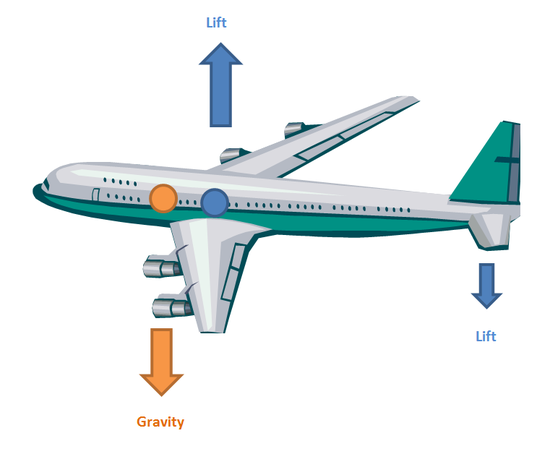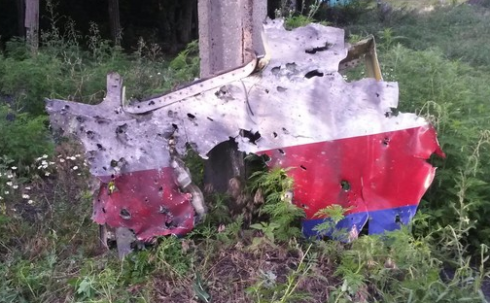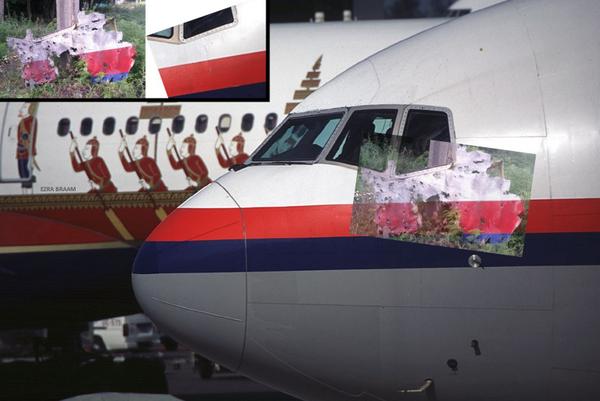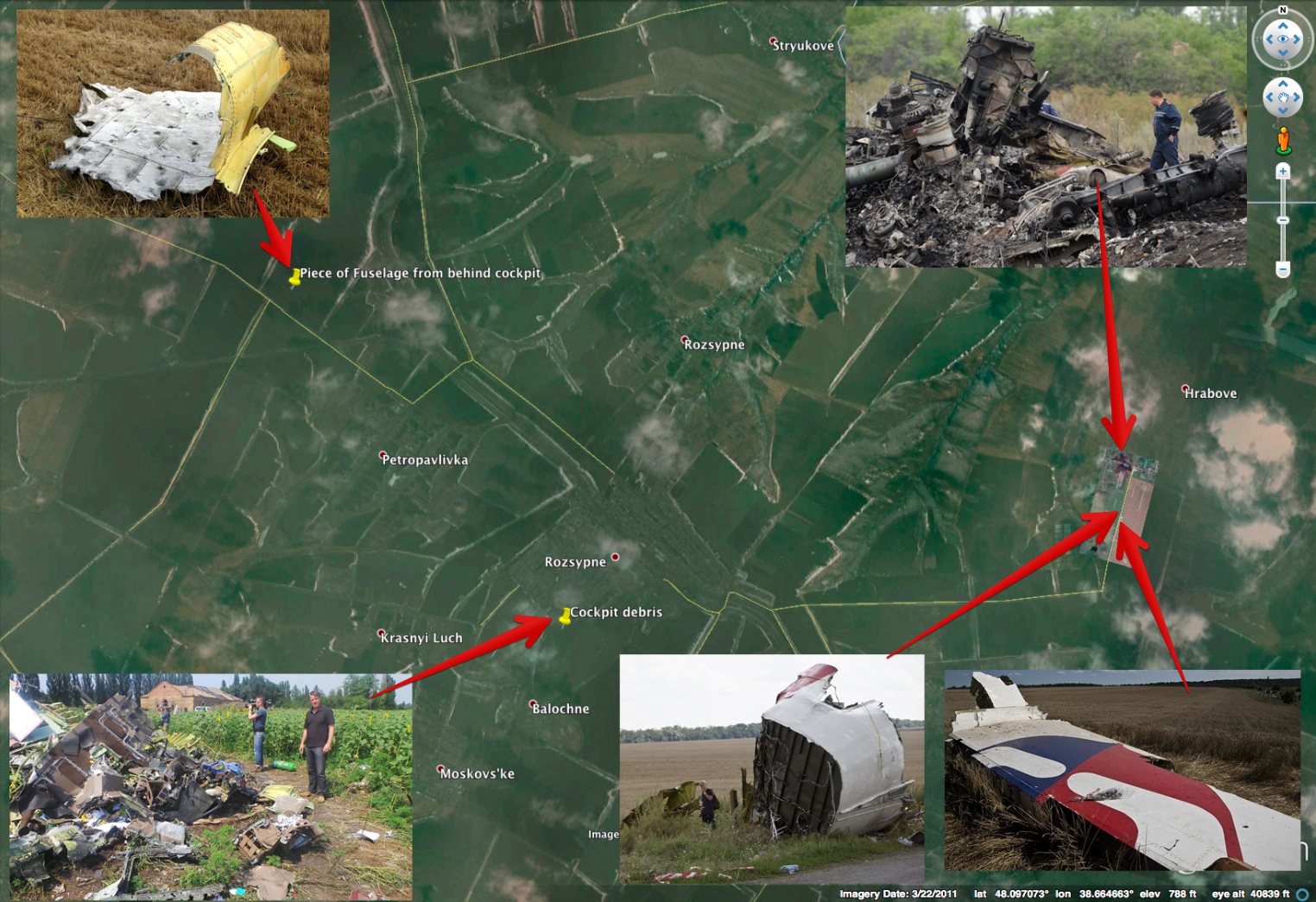For the French speakers out there, Paris Match has pretty much come to the same conclusions:
http://www.parismatch.com/Actu/Inte...-du-crash-comment-le-MH17-a-ete-abattu-576889
I'd love to hear the entire interview with the local in the yellow shirt.@ 1:32 the audio cuts in with this guy speaking and it sounds like he is implying that he saw a second plane: "the plane, which was encroaching... it appears was going nearby it [MH17] then approached him around and from the front [shows a hook gesture with his right hand going in front and around his left hand @ 1:36]"
Russian language just like French or German has three genders for objects. The guy was definitely not talking about a missile because rocket in Russian is of a feminine gender. He was talking about another plane "him" - masculine gender. So this was likely one of the witnesses from whom the story about an attack plane started.
He goes on to mention that seconds after both MH17 and "second plane" entered significant clouds (that obscured all the view for the guy) there was an explosion and pieces started falling.
Once I reviewed the video again I noticed another fragment when it appears that he talks about this second plane.
0:28 - here he states that no one actually saw the big plane (MH17). Second voice behind the camera also states "the big one [MH17] was not visible"
0:38 - "it was very far. it was just a dot. he [it = second plane, not a missile, which is a "she"] dived into the clouds"
0:41 - repeats hand gesture, and restates "flew [he, not she] into the clouds"
1:07 they are not near the main crash site. I think they are near the business class section. they are talking about bodies that were falling out of the falling debris. 37 bodies in total just in that area surrounding where they stand.
In no part of the video it is absolutely perfectly clear that the guy in a yellow shirt and his friend talk about two distinct airplanes. This is because neither of them makes comments such as "first plane", "second plane", "another plane", "interceptor", "attacker" or anything like that. Nonetheless, it does sound a lot like they are talking about two planes. If the full video was available then it would have been much clearer.
While I hear that the witness is stating that he saw what he believes was a second plane, I personally continue to support the theory that it was a missile from the BUK, and that at an altitude of almost 10KM a trail of a large missile did resemble a trail of an interceptor jet.




